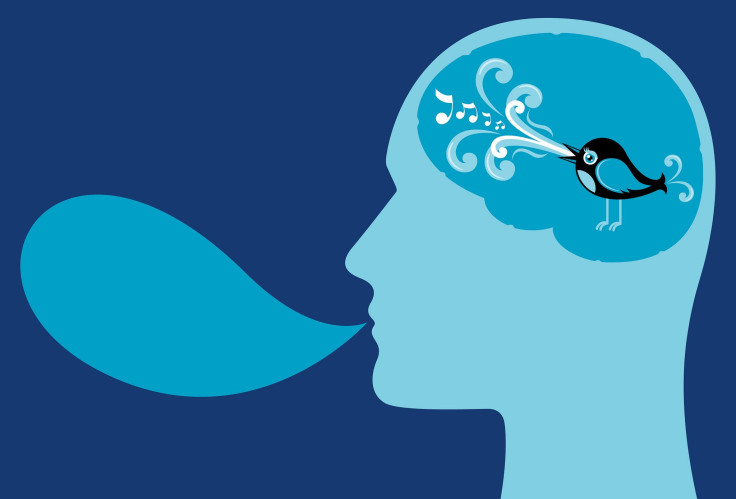What The Human Brain And Twitter Have In Common: How Information Spreads On Social Media Being Used To Map Brain Networks

Researchers are turning toward social media to help map information spreading throughout the brain. In their new study, an international team of researchers from Indiana University and Switzerland are applying data mapping methods used to track how information spreads on social media to better understand the system that drives social media trends: the human brain. Researchers believe that by using the social media model as their guide, they will be able to discover the specific connections within the brain responsible for higher cognition. Their findings are published the journal Neuron.
“Like information in social networks, information in the brain is traveling along connections that form complex networks,” said Professor Olaf Sporns of Indiana University in a recent press release. “It was not far a stretch for us to think of the brain this way.”
Just like a silly cat meme has the habit of starting at one person’s computer, and spreading in various directions through the intricate networks of the web, so does a thought or process in the brain. Or at least, this is the idea. Researchers are working with a model devised by Yong-Yeol Ahn of the IU Bloomington School of Informatics and Computing, which Ahn has previously used to track spreading data from Twitter and predict which memes will go viral.
They then applied their knowledge of how information spreads on social media networks to studying the brain activity of 40 research volunteers. Using diffusion spectrum imaging, researchers were able to create a map of regions and long-range connections in the brain in much the same way Ahn’s model tracked viral memes.
“This study suggests that answers about where in the brain higher cognition occurs may lie in the way that these areas are embedded in the network,” Sporns said. “You can’t see this just by looking at a static network. You need to look at dynamic patterns. Each thought or action involves multiple signals, cascading through the brain, turning on other nodes as they spread. Where these cascades come together, that’s where integration of multiple signals can occur. We think that this sort of integration is a hallmark of higher cognition.”
Even though researchers have cleverly nicknamed their model “twitterbrain,” Ahn explains that information in the brain does not adhere to the model of a Twitter comment gone viral. “The viral distribution of information may be considered good online, but it does not accurately describe the normal function of the brain,” Ahn said. “The model we used for networks in the brain reflects a decidedly non-viral form of information spreading.”
So the brain is more like your mom sharing a picture of you as a toddler in the tub, which the rest of your friends and family feel compelled to like and share. Maybe?
Despite your brain not being a “viral tweet” environment, researchers believe they have still found some vital information on how the brain’s network structures spread information by applying this model.
“The model allows us to track those signals and see how they travel through the brain’s network and where they meet up, with these meeting points appearing to represent ‘higher-level’ areas in the brain’s hierarchy,” said Bratislav Miši of the Department of Psychological and Brain Sciences.
The model also helped researchers to find a pattern to information spreading throughout the brain, making it easier to trace the origin of a specific point of activity, and how quickly it will travel throughout the brain. In doing this, researchers were better able to understand the connections used to spread the info, as well as the connections used at the start of the signal that helped create the fastest path through the network.
The idea behind the study is relatively new within neuroscience, which has yet to look at the brain through this lens. “To get a global understanding of how the brain works as a complex networked system is a major goal in our field,” Sporns said. “We’ve hit upon something that is both promising and relatively simple, a model that may help us get better insight into why certain things happen in certain parts of the brain and not others. Much remains to be done; we’ve only scratched the surface.”
Source: Sporns O, Bandetti P, Gonzalez-Castillo J, et al. What Cascade Spreading Models Can Teach Us about the Brain. Neuron. 2015.



























